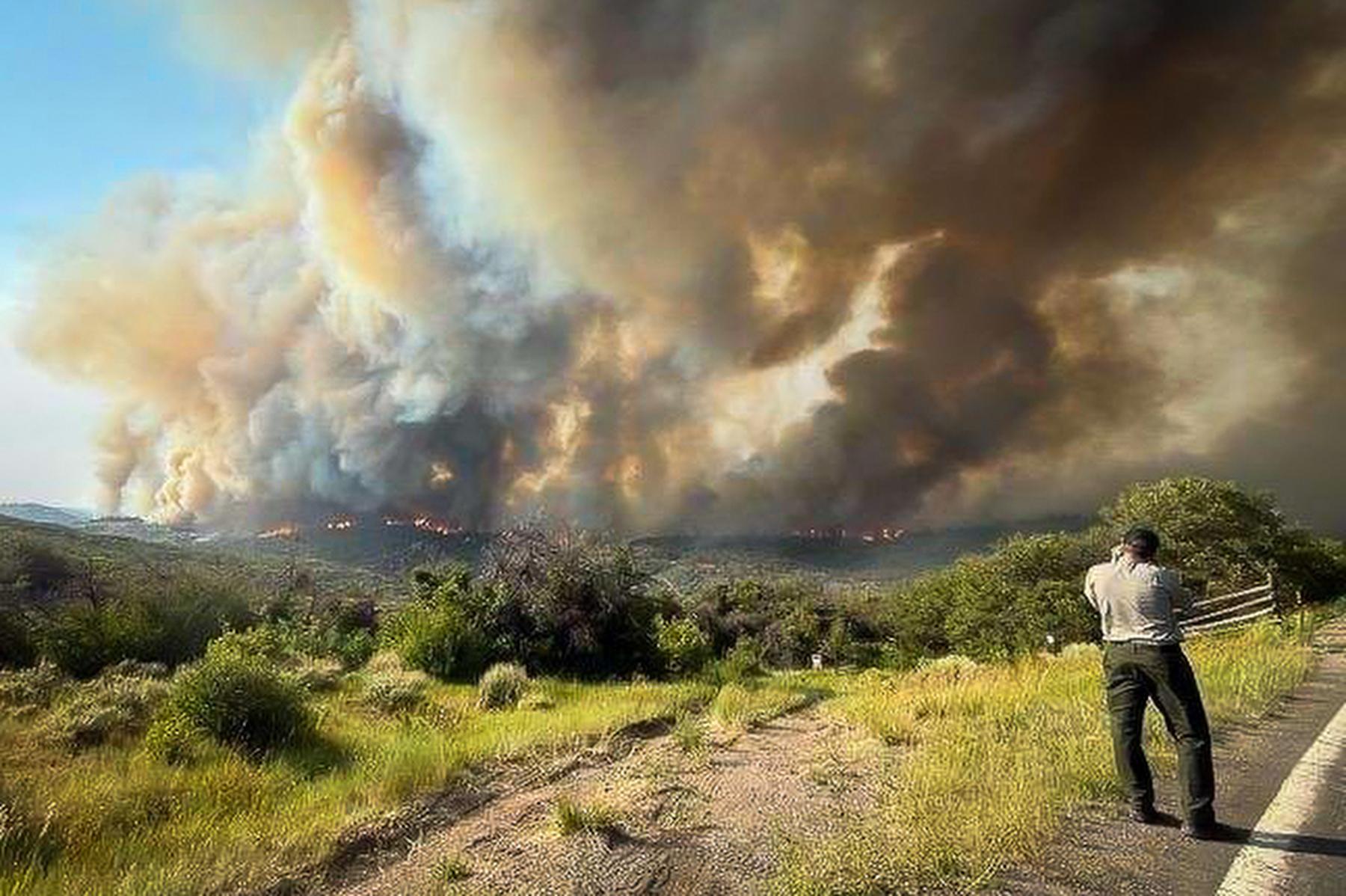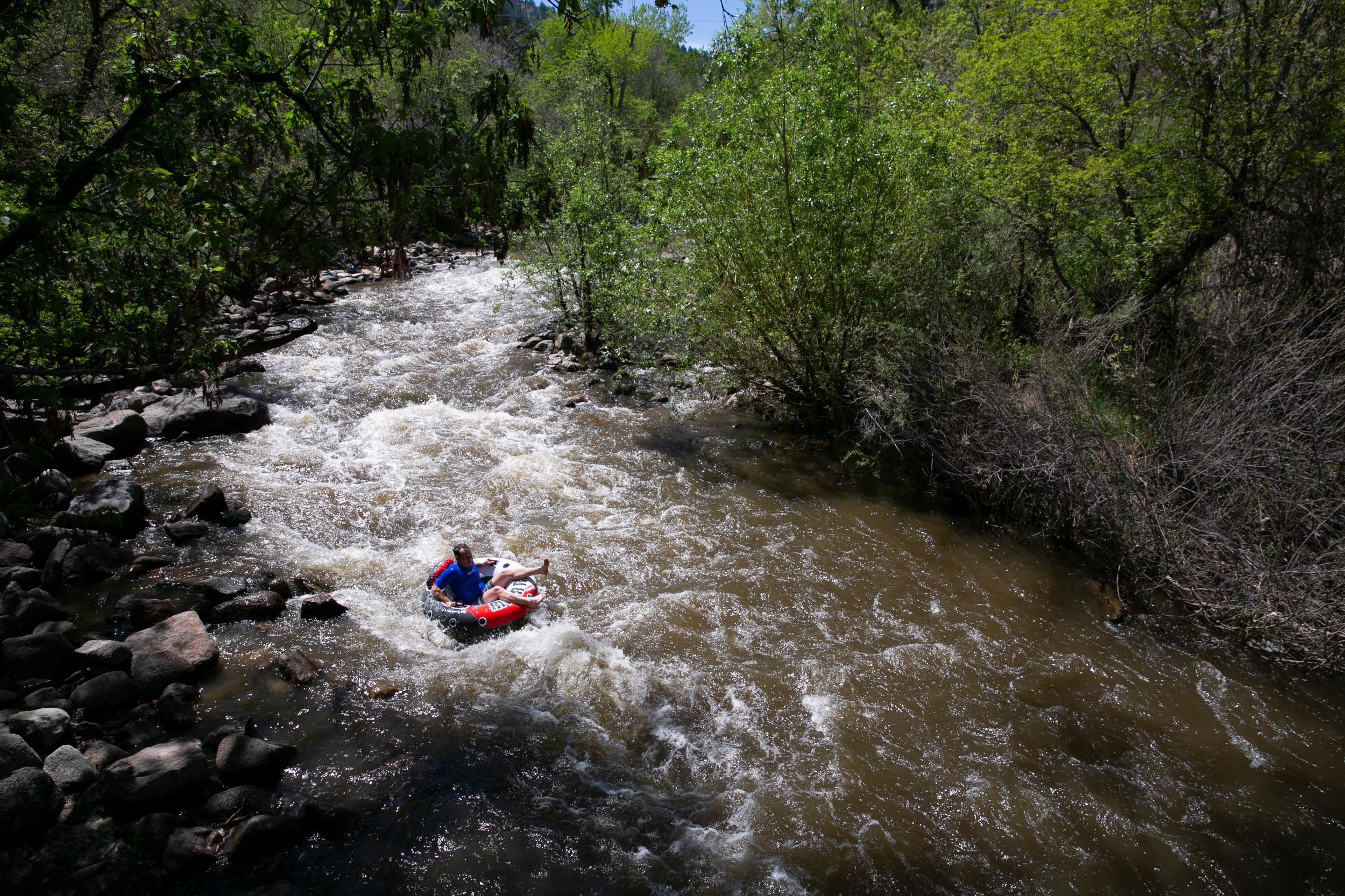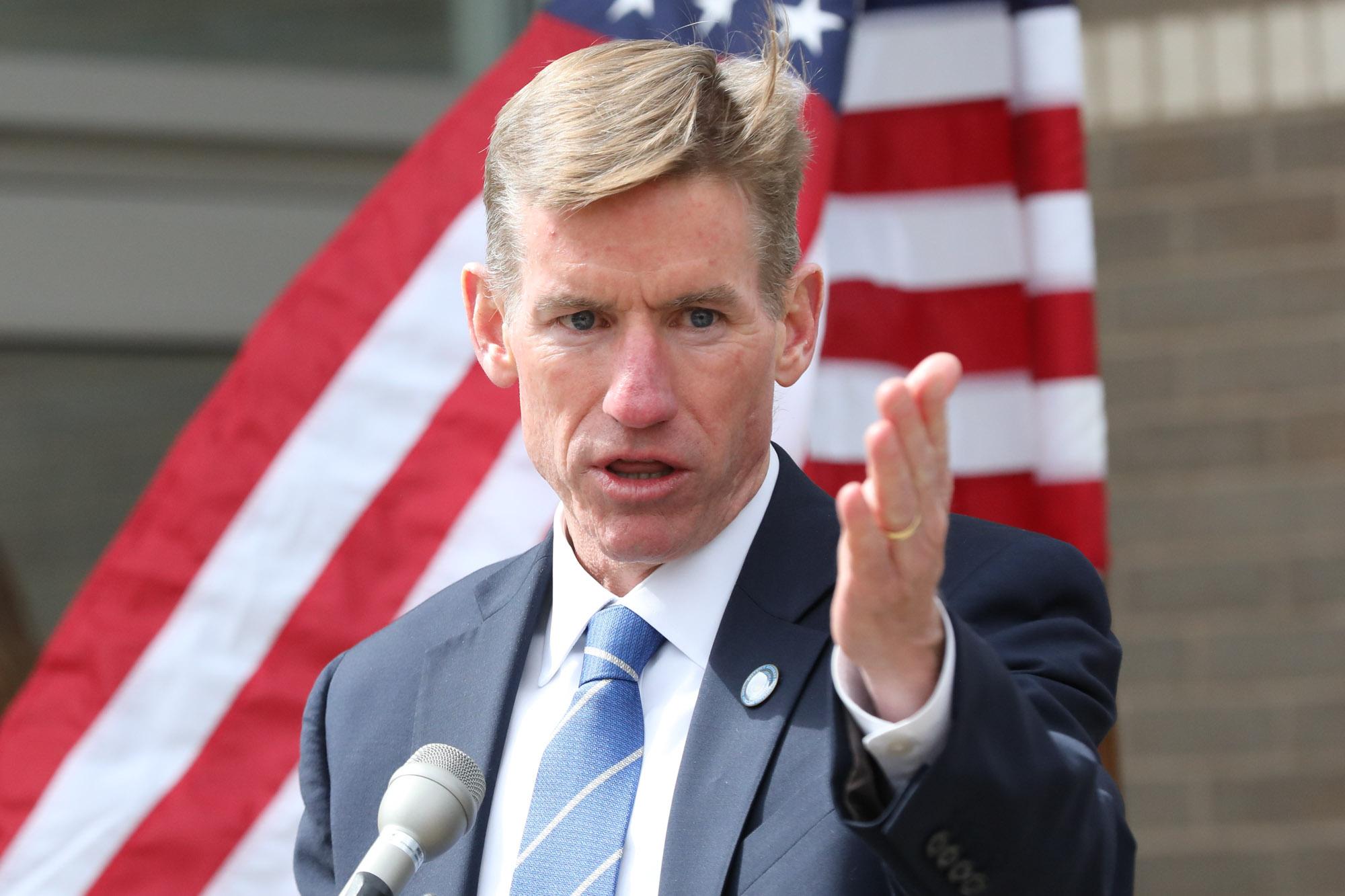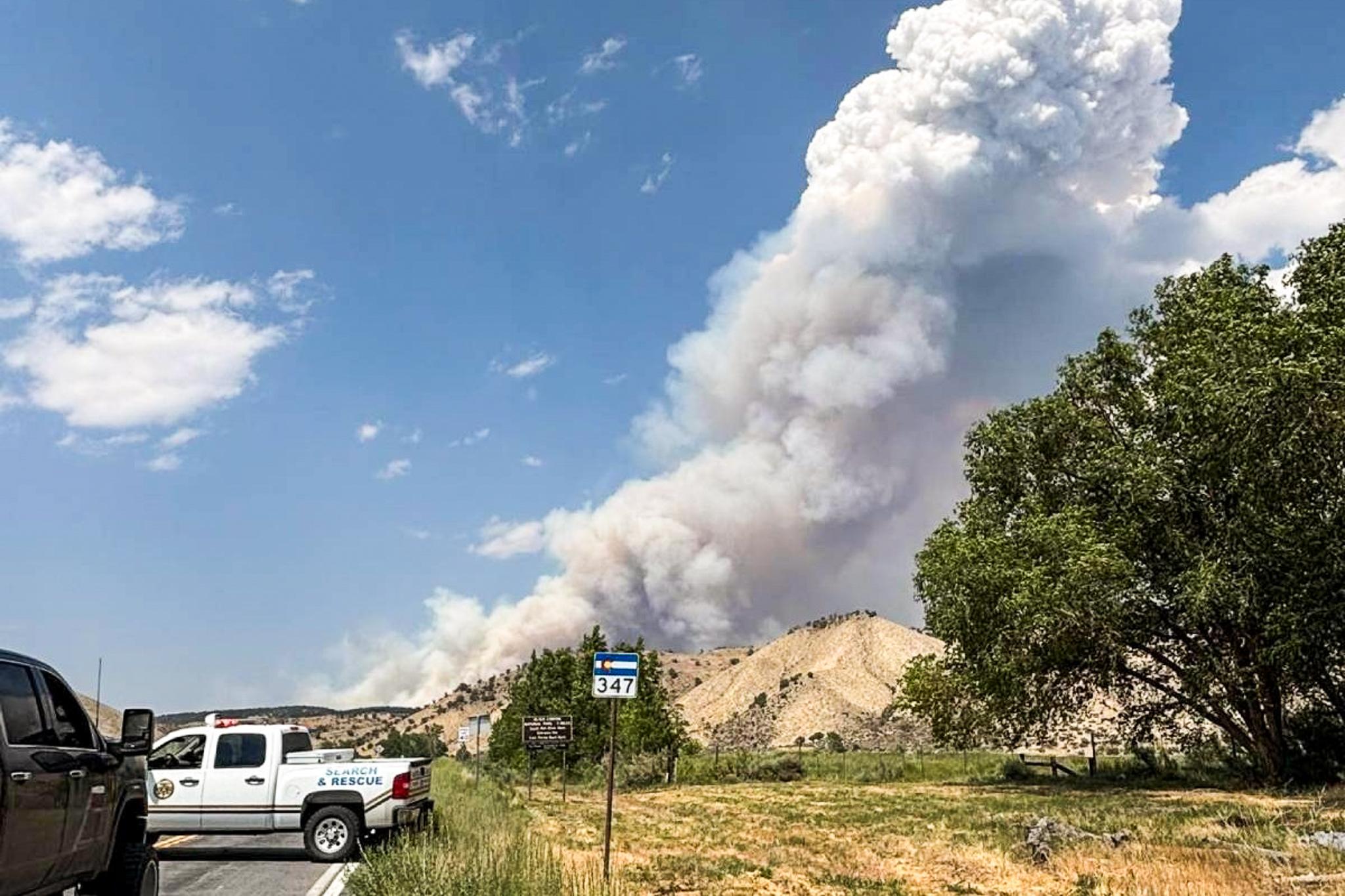In addition to getting flashlights, bottled water and food, hurricane preparation these days includes stockpiling apps on your phone. For those in the path of Hurricane Florence in North and South Carolina, having the right apps can be lifeline during and after the storm. Here are some apps — mostly free — that are useful to download if you're in a hurricane zone:
For immediate assistance:
Crowdsource Rescue – Emergency phone lines, like 9-1-1, can get overwhelmed with calls during storms, and this app helps with the rescue efforts through the concept of "neighbors rescuing neighbors." The app was developed by Matthew Marchetti and Nate Larson as Harvey hit Houston too quickly to connect professional first-responders and vetted volunteers with all those in need of help. The app uses GPS tracking and allows civilian volunteers, such as those who may have a boat, to sign in and help evacuate others in the area.
For shelter:
Harmany – This app was created in 2017 after hurricanes Harvey and Irma to connect people in need of temporary shelters with those who want to provide it during emergencies and evacuation events. On the app, hosts can easily turn on and off their shelter spaces and evacuees can do a shelter search to find the best places to suit their needs. Harmany also provides in-app alerts and notifications for severe weather, fire, and other dangerous events.
Airbnb — Through a program called OpenHomes Airbnb allows hosts to offer extra space for free to those in need of temporary housing. Airbnb then helps hosts by verifying, screening and checking guests, reimbursing hosts for any property damage, and providing phone support. Airbnb activated the OpenHomes program in Georgia, North Carolina, South Carolina, and Virginia for Hurricane Florence. These free listings will be available until October 1.
For updates:
Weather Underground – This app provides hyper-local forecasts and current conditions from local weather stations with customizable alerts. It also allows users to report local weather and hazards to help inform others in the community. The map interface is interactive, allowing users to choose different layers to view elements such as rain accumulation, crowd reports, and satellite images. It also allows users to track storms.
FEMA – This app provides real-time alerts from the National Weather Service, helps users locate emergency shelters and disaster recovery centers and includes various safety tips to help people stay safe during a natural disaster. It allows users to register for disaster assistance online and share photos through FEMA's disaster reporter. This app is available in both English and Spanish.
Hurricane by the American Red Cross — This app allows users to monitor conditions in their area and let family and friends know they're okay with the use of a customizable "I'm Safe" alert for Facebook, Twitter, email and text. The app includes a map where users can track the hurricane's path and find Red Cross shelters in the area. If you don't have data connectivity, the app also provides users step-by-step instructions of what to do before/during/after the storm. It also comes with a Hurricane Toolkit, with a strobe light, flashlight and audible alerts.
iHeartRadio—For those who want to follow along with local news stations to get the latest updates, or who are radio nerds like us, this app will ensure that you can continue access broadcasts, so long as you have service.
For communication:
FireChat – No cell service? No internet? No problem. FireChat is a free messaging app that works without either of these things, relying on mesh networks instead. However, Bluetooth and WiFi still need to be turned on, even if access isn't available, in order for this app to work. In the app, users can create private groups of up to 50 people or create public chat rooms using hashtags.
Zello — Currently trending on Google Play and hitting the number one spot on the Apple App Store's "free" apps, Zello is a push-to-talk app, sort of like a walkie-talkie. Unlike walkie-talkies, there are no limits to the number of users or channels. It's available worldwide, wherever there's WiFi or data service, and can be used like a two-way radio to communicate with family members or rescuers.
Nextdoor – This is a locally driven app that keeps users informed about what's going on in their neighborhood and connects them with their neighbors. The app provides a secure environment where all neighbors are verified, and was used during Hurricane Harvey. In the app, neighbors can discuss evacuation routes, flood levels, or ask for help from their neighbors, even when other emergency communication methods such as 9-1-1 are down.
WhatsApp – During hurricanes or storms, telecommunication services can be limited, but WhatsApp connects to the internet to send messages between phones so that you can stay in touch with friends, family, and loved ones throughout the storm. It also allows you to do free voice and video calls.
Glympse — This is a real-time location-sharing app that allows users to share their exact whereabouts with others, such as rescue groups.
Local News Apps — Those in Hurricane Florence's path can look up and download local news apps in order to get more local updates and information on the storm. (The WUNC app, for example).
For supplies:
GasBuddy – Normally, users can use the GasBuddy app to find the closest and cheapest gas stations in their area. However, GasBuddy has recently activated its fuel availability tracker so that residents in affected hurricane areas can find gas more easily. The tracker can differentiate between stations that have no power, limited fuel options, or no fuel, as opposed to those that have both fuel and power. These services can also be found outside the app here: http://tracker.gasbuddy.com.
For well-being:
Red Cross Apps – Red Cross offers a variety of apps that can be useful during hurricanes and other natural disasters. In addition to their Hurricane app, it has a Flood app that educates people on how to prepare for floods. In case of injury, they also have a First Aid app that informs users on how to handle common first aid emergencies (they even have one for pet emergencies).
Headspace: Meditation — Meditating can be one form of self-care to relieve stress and stay calm. This app provides guided meditation sessions, and even includes an SOS feature for moments of panic, anxiety or stress. The app comes with a free trial before they start charging a subscription fee. Looking for a free alternative? Another option for a mindfulness app is Calm, which includes over 100 guided meditations and music geared to help you focus, relax and sleep.
Amanda Morris is an intern on NPR's National Desk.
9(MDEyMDcxNjYwMDEzNzc2MTQzNDNiY2I3ZA004))







